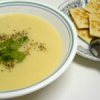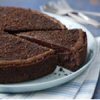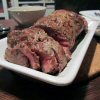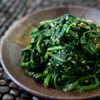SHOPPING & STORES

What To Eat Tonight

38 Ways with Sausages
Pork, beef, turkey, it doesn't matter - a sausage is a great way to get protein on you plate quickly and easily with maximum pleasure!

18 Mouth-Watering Burgers
Burgers are so versatile. They can be made from almost any type of meat and they can be accompanied by a whole range of goodies.

48 Easy Chicken Dinners
Chicken, that most tender and versatile of foods, deserves a place of honor in the chef's 'keepers' file. Take a look at some of these.




